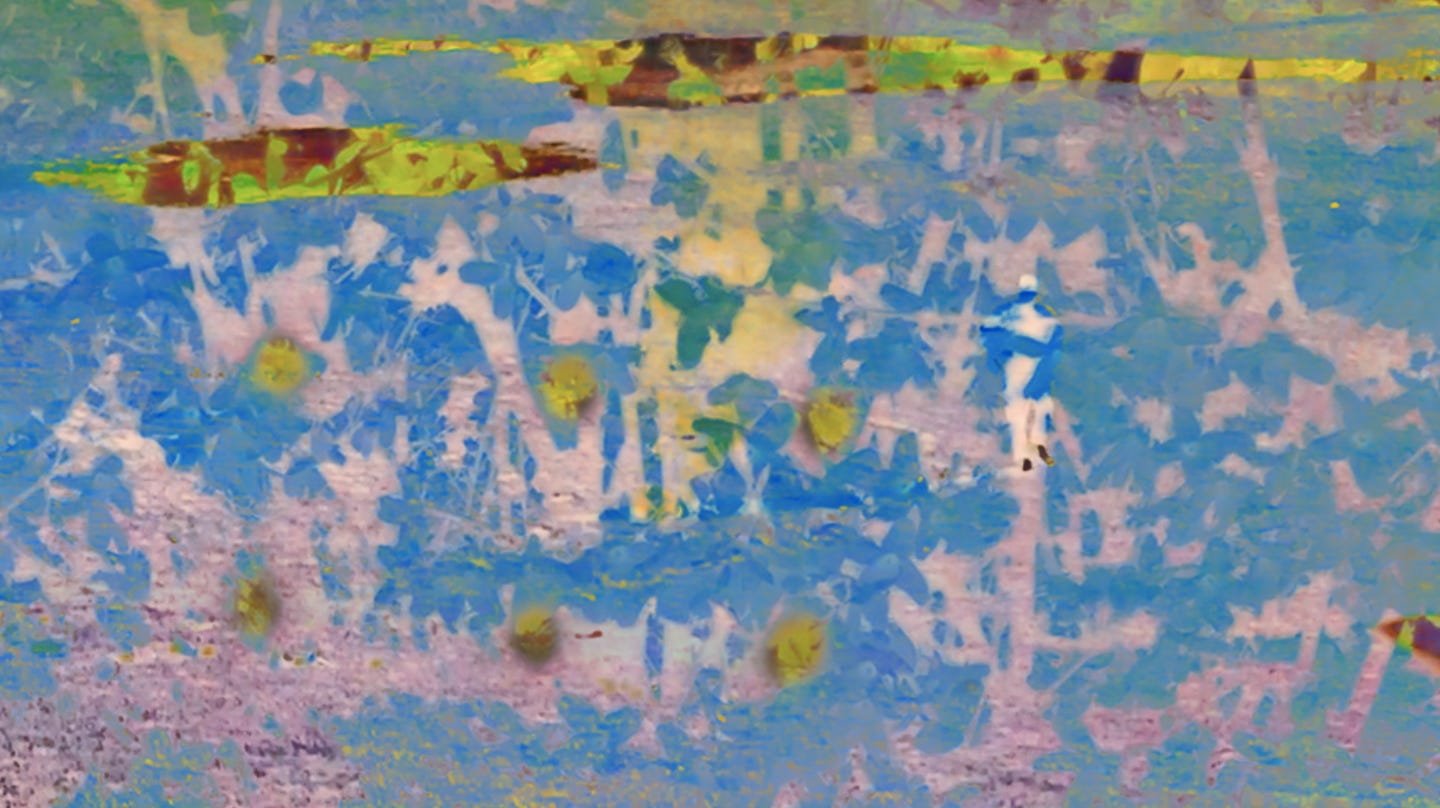A note on my phone: DO NOT BE CLEVER.
Here’s a perfect page from CLAMP’s Cardcaptor Sakura, which I flip through every few months or so. In cinematic terms, this single page contains about four shots from four different angles, and the calling of the name—”Syaoran-kun…”—is centered so as to overtake each moment all at once. Very cute!!!
First Cow (Kelly Reichardt, 2020):
These are culled from an outline of what was intended to be a much larger review. The only point regarding Reichardt’s latest film that I really wanted to make was related to a small anachronism. That is, that the film takes place during the 1820s (according to every review of the film), when—based on American census data (page 23), even considering how limited the data may be—only 11 Chinese people immigrated to the United States between 1820 and 1840. In Reichardt and co-writer Jonathan Raymond’s screenplay, the film’s Chinese lead King Lu (Orion Lee) states that he has arrived from China for “that soft gold,” despite the very first discovery of gold having taken place in 1848. In Oregon, where First Cow takes place, the Gold Rush did not start until 1850-1851, and though this was a significant reason for a boom in Chinese migration to the United States, it occurred far later than the film suggests.
Factual inaccuracies should be expected as the bedrock of fiction, but it’s still worth taking into account that this flub appears in a film that features the fur trade, the arrival of Anglophone settlers in the Pacific Northwest, and the Chinook Wawa language spoken by Indigenous peoples of the territory at the time (each subjects that demand much research). I don’t gripe just for the sake of it. I found the film’s meandering within the woods of the nineteenth century to be a captivating endeavor, and I have nothing bad to say about the cow. But I do think that the artistic practice of challenging dominant historical narratives with counter-histories can easily result in the production of even more myths, preoccupied with polishing the past rather than thinking ahead for the future.
We witness this compulsion to retell—often haphazardly, yet with the best of intentions—emerge in the face of crisis. This is an attempt to soothe the defeatism of the masses by digging up a nugget of history that would fit into today’s progressive ideals. For its sneaky separation of slavery from the Enlightenment ideals of the American Revolution, Lin-Manuel Miranda’s musical Hamilton experienced a surge in popularity following the 2016 Presidential Election by both liberals and conservatives alike. A recent example is the widely circulated image of Black Panther Party member Richard Aoki holding a sign with the slogan “YELLOW PERIL SUPPORTS BLACK POWER” written on it, which gained traction following the murder of George Floyd and a nationwide call for Asian-Americans to stand in solidarity with Black people. But Aoki, in fact, was an FBI informant—“an aggressive government informant doing incalculable harm to those he came in contact with”—though he partly succeeded in clearing his name thanks to an opportune photograph.
Reichardt—who has referenced the capitalist pillaging of natural resources and America’s history of immigration in interviews about the film—suggests that a Chinese man and a white man (Cookie (John Magaro), the fur trapper who discovers King Lu on the run in the woods) might’ve found a meagre means of survival against early American capitalism together. We could even admire their huddled embrace as a signpost of a national proletarian struggle that endures today. But again, a Chinese man would not have been looking for gold in 1820s Oregon, which makes this tale of an interracial situationship between King Lu and Cookie a really strained warping of time and space. Within the artificially narrowed confines of the 4:3 aspect ratio, I felt as if I was crawling through the tunnel vision of someone else’s American dream.
Kelley Dong, Pears (2020).
I forgot to mention that I released a film entitled Pears in May. It is one second long.



